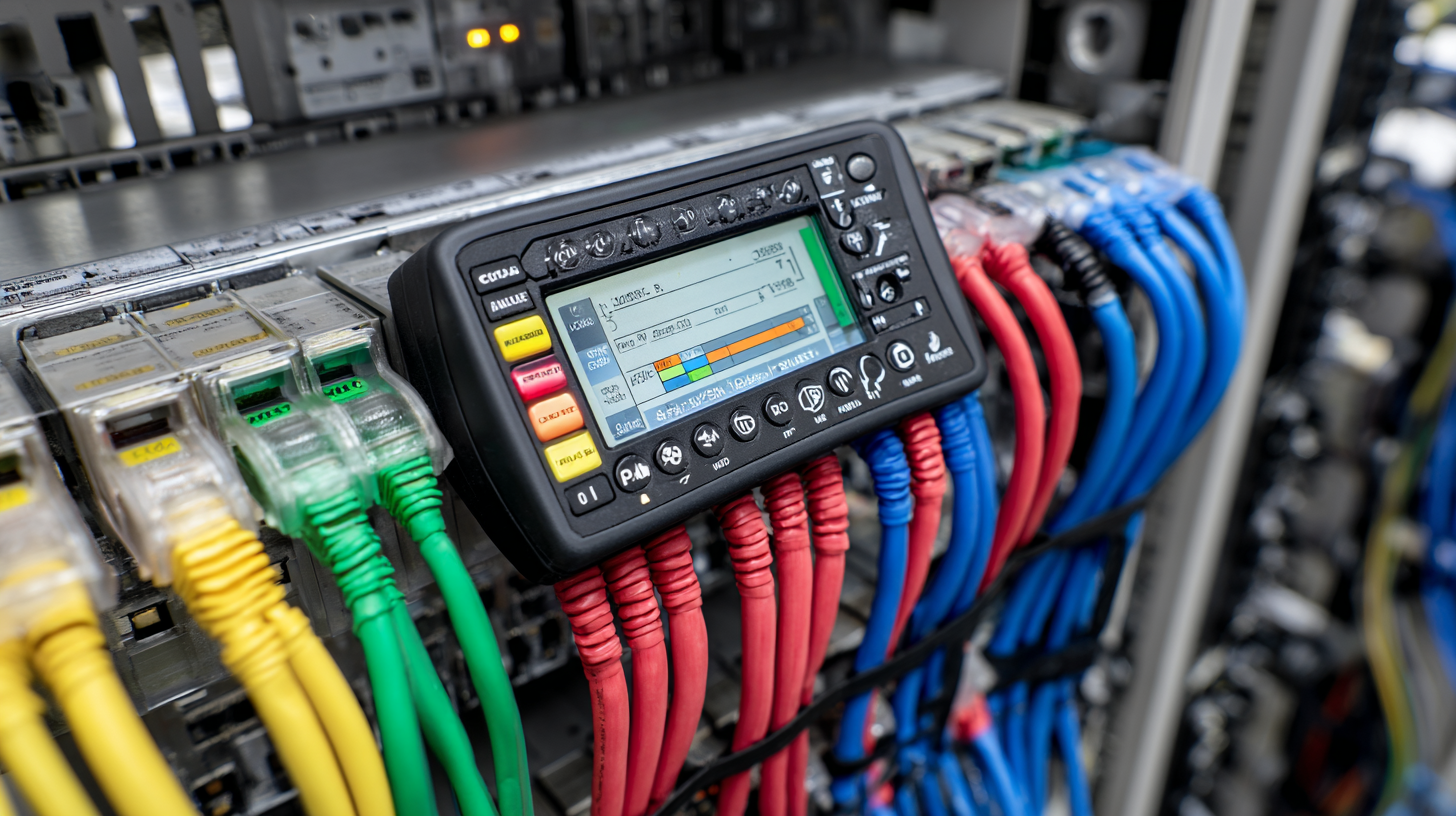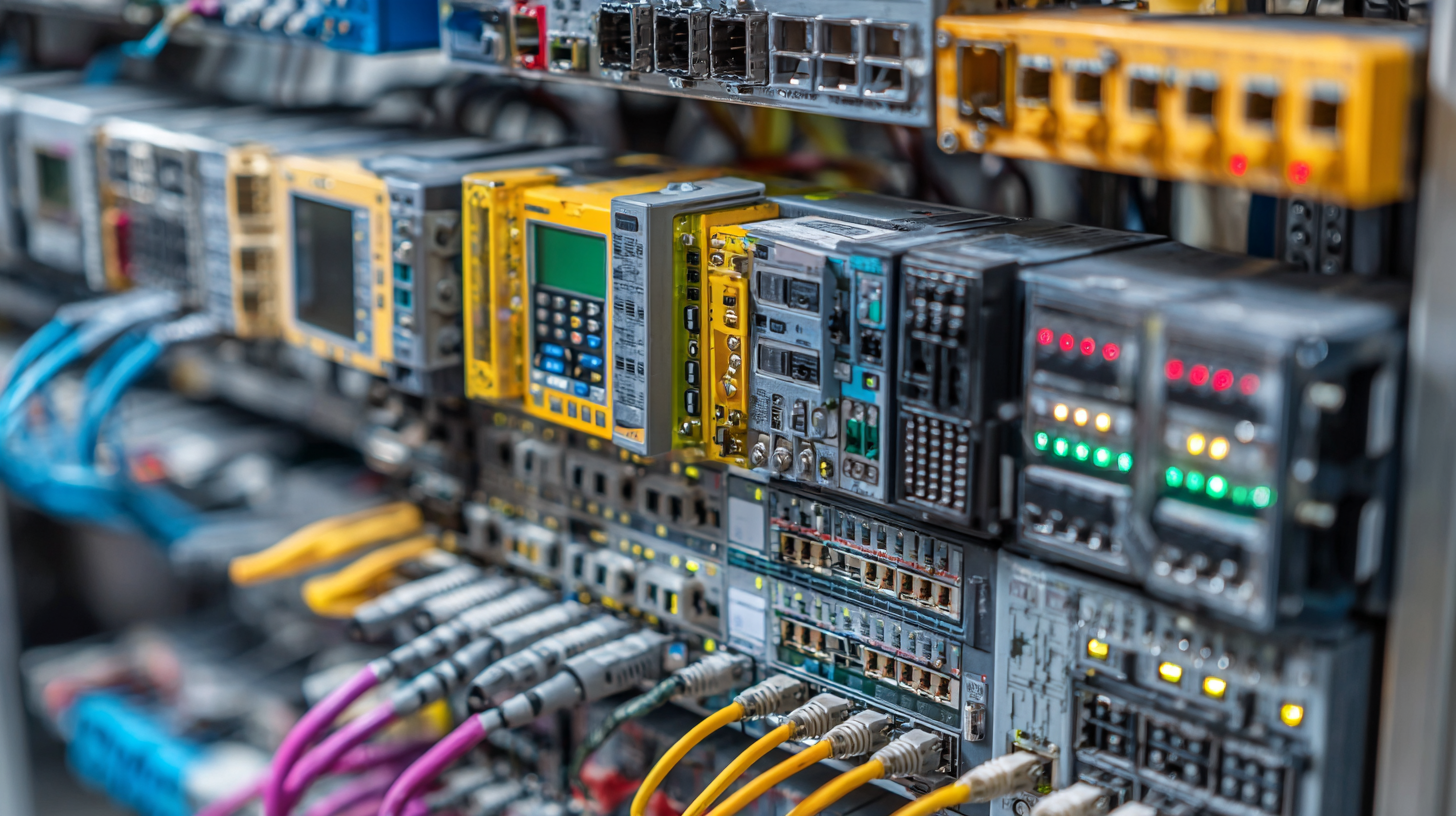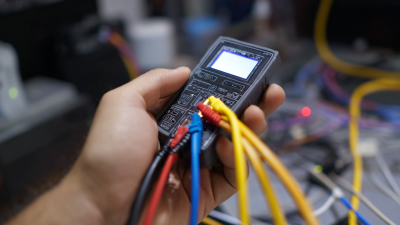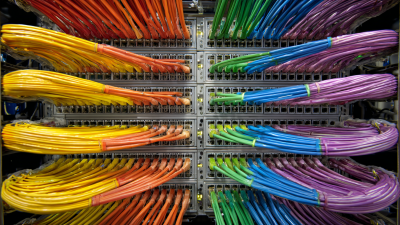The Ultimate Guide to Understanding Cable Testers and Their Importance in Modern Networking
In the rapidly evolving landscape of modern networking, ensuring the integrity and reliability of cable installations has never been more critical. Cable testers play a pivotal role in this regard, helping technicians to diagnose and troubleshoot cable issues efficiently.

According to a report by MarketsandMarkets, the global network tester market is projected to reach $1.5 billion by 2025, driven by the increasing demand for real-time network performance monitoring. This surge highlights the importance of employing a cable tester as a fundamental tool in any networking environment.
By utilizing these devices, professionals can mitigate downtime, enhance system performance, and adhere to stringent quality standards. As we delve into this ultimate guide, we will explore the nuances of cable testing, types of cable testers available, and best practices for their effective usage in networking applications.
The Essential Role of Cable Testers in Network Integrity
Cable testers play a crucial role in maintaining the integrity of modern networks by ensuring that all cabling components are functioning correctly. These devices are essential for identifying and diagnosing issues such as cable faults, interference, and improper connections. In a world where reliable network connectivity is paramount for businesses and households alike, cable testers help prevent downtime and costly repairs by allowing technicians to troubleshoot problems quickly and efficiently.
Furthermore, the importance of cable testers extends beyond mere fault detection. They facilitate the verification of cable specifications, ensuring that the network meets the required standards for performance and speed. With the proliferation of high-speed internet and advanced networking technologies, the ability to test and certify cabling is foundational to supporting robust infrastructure. By using cable testers, network professionals can provide assurances of quality and reliability, reinforcing the overall integrity of modern networking systems.
Key Features to Look for in Modern Cable Testing Equipment
When selecting modern cable testing equipment, there are several key features that can significantly enhance the efficiency and accuracy of your networking tasks. One of the most important aspects to consider is the tester's capability to identify cable types and standards. Devices that support various cabling standards, such as Cat5e, Cat6, and fiber optics, allow for versatile testing in diverse networking environments, making them indispensable tools for technicians.
Another critical feature is the presence of advanced diagnostics and reporting functions. High-quality cable testers offer real-time feedback, providing information on cable length, continuity, and any potential faults. This capability not only speeds up the troubleshooting process but also minimizes downtime by quickly pinpointing issues. Furthermore, features such as graphical displays and the ability to store test results for later review are essential for maintaining accurate records in larger network installations. Investing in equipment with these advanced functionalities ensures that networking professionals can confidently address and resolve connectivity challenges.
Understanding Different Types of Cable Testers and Their Uses
Cable testers are essential tools in modern networking, designed to ensure the integrity and performance of various types of cables. Understanding the different types of cable testers available can help network professionals choose the right equipment for their specific needs. Basic continuity testers check for simple electrical connections, ensuring that the cable is transmitting signals without interruption. More advanced testers, such as TDR (Time Domain Reflectometers), allow technicians to pinpoint faults and measure cable length, providing detailed insights into cable performance.

In addition to continuity testers and TDRs, there are also certification testers, which evaluate cables against industry standards. These testers not only check for continuity but also assess parameters like attenuation and crosstalk. Having the right cable tester can prevent downtime caused by faulty wiring, making their use crucial for anyone involved in network installation or maintenance.
By familiarizing oneself with these varied testing tools, networking professionals can enhance reliability and reduce issues related to cable performance in their infrastructure.
Common Networking Issues Identified by Cable Testers
Cable testers play a crucial role in modern networking by diagnosing a wide range of common networking issues. One of the primary problems identified by these testers is cable miswiring, which can lead to connectivity failures. This issue occurs when the individual wires within a cable are not properly aligned according to the standard pin configuration. A cable tester can quickly verify this wiring and ensure that the network operates smoothly.

Another significant issue that cable testers can uncover is signal attenuation, which refers to the reduction in signal strength as it travels through the cable. This can result in slow network speeds or intermittent connectivity. By using a cable tester, technicians can measure the signal quality and determine if the cable is suitable for the required bandwidth. Additionally, cable testers can identify other problems such as cable length issues and grounding faults, all of which can impede network performance. Thus, having a reliable cable tester is essential for maintaining a robust and efficient networking environment.
How Regular Cable Testing Improves Network Performance and Reliability
Regular cable testing is a crucial aspect of modern networking, significantly impacting performance and reliability. Many network issues stem from poor cable quality or installation, leading to outages and slow connections. By conducting routine checks, network administrators can identify faults such as cable breaks, improper terminations, or interference, which can degrade signal quality. This proactive maintenance not only prevents unexpected downtimes but also ensures that the network operates at optimal speeds.
Moreover, regular cable testing helps in maintaining a robust infrastructure by validating compliance with industry standards. Ensuring that cables meet specific performance metrics reduces the likelihood of future complications. As technology evolves, so do networking demands; thus, having reliable cabling becomes paramount. With the advent of high-speed internet and expansive data requirements, the ongoing assessment of cable integrity plays a vital role in securing an efficient and seamless user experience. Regular testing fosters confidence in the network's performance and ultimately enhances productivity across various organizational levels.
The Ultimate Guide to Understanding Cable Testers and Their Importance in Modern Networking - How Regular Cable Testing Improves Network Performance and Reliability
| Test Type | Description | Frequency of Testing | Impact on Performance |
|---|---|---|---|
| Cable Continuity Test | Checks if the electrical path is clear, confirming that the cables are properly connected. | Monthly | Ensures no packet loss due to broken connections. |
| Wiremap Test | Identifies wiring mistakes such as crossed pairs and reversed wires. | Quarterly | Improves data integrity by avoiding miswiring issues. |
| Wire Length Test | Measures the length of the cable to ensure it is within acceptable limits. | Bi-Annually | Prevents signal degradation due to excessive lengths. |
| Signal Quality Test | Analyzes the quality of the signal transmitted over the cable. | Semi-Annually | Ensures optimal performance and minimizes error rates. |
| Cross-talk Test | Measures the level of interference between different pairs of wires. | Annually | Reduces interference, enhancing overall network throughput. |
Related Posts
-

How to Select the Best RJ45 Cable Tester for Your Networking Needs: A Comprehensive Guide
-

The Ultimate Guide to RJ45 Testers: Boost Your Network Efficiency Today!
-

How to Choose the Right Coax Adapters for Your Connectivity Needs
-

Understanding the Types of Fiber Optic Wire: A Comprehensive Guide
-

5 Digital Insights and Tips for Choosing the Right Optic Cable to Enhance Your Network Performance
-

How to Choose the Right Fiber Patch for Your Networking Needs






